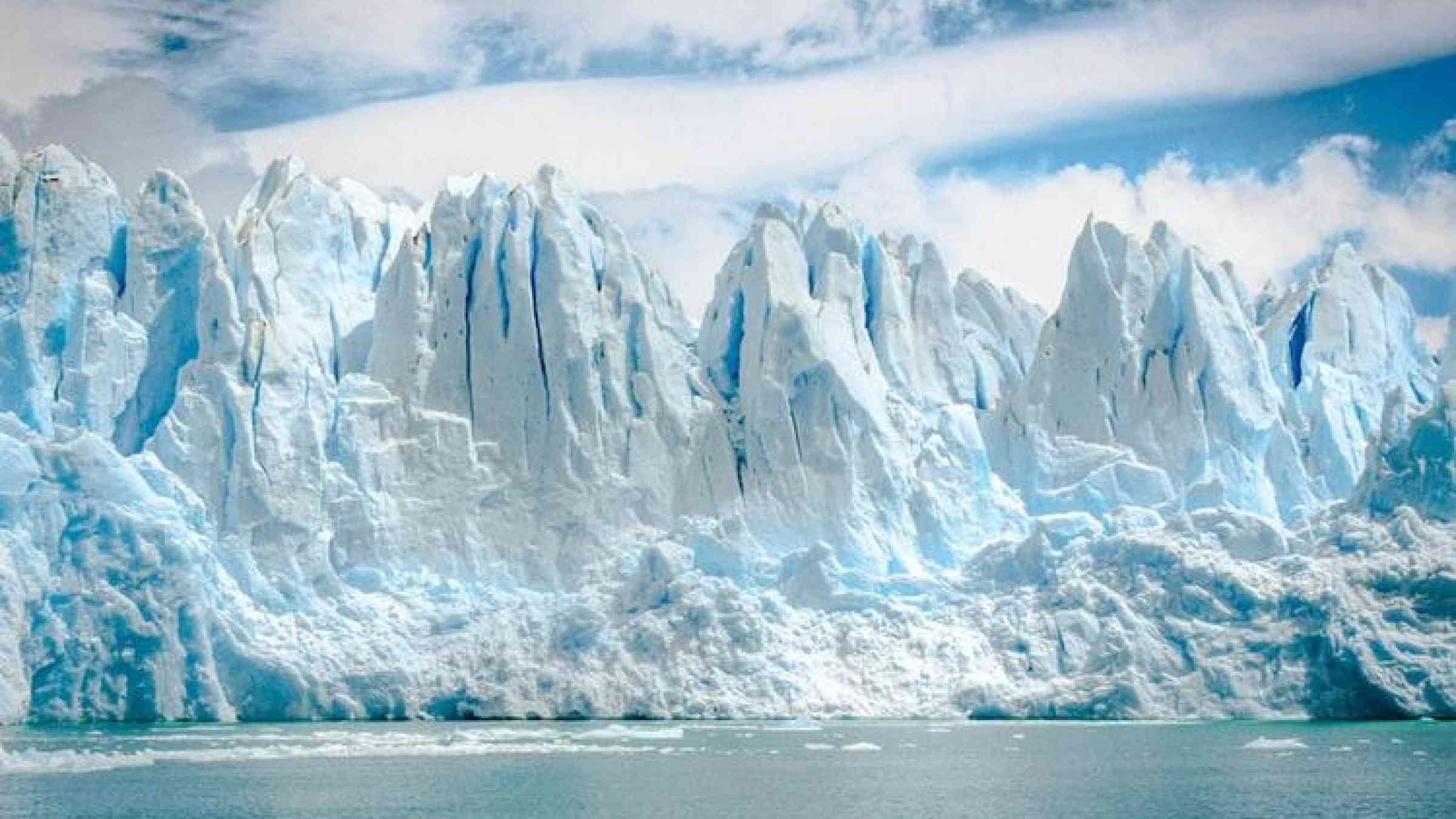As glacial lake bursts, preparation saves lives in Pakistan

As climate change melts glaciers, threatening floods as glacial lakes burst, efforts to reduce disaster risks are also advancing
By Zofeen T. Ebrahim
KARACHI, Pakistan - Efforts to prepare Pakistani mountain communities threatened by the collapse of glacial lakes, as climate change brings faster glacier melt, paid off this week as a flood ravaged five villages in Chitral district but appeared to cost no lives, Pakistan and international officials said.
The flood on Sunday in the Golain valley swept away roads and bridges, and damaged homes, irrigation channels and crops, according to residents and initial assessments carried out by the district commissioner's office.
"Our standing crops (and) apple and apricot orchards have been completely destroyed," said Safdar Ali, whose shop in the valley was heavily damaged.
As well, "there has been huge loss of livestock, the stored grain has been swept away (and) our irrigation channels and small village-level micro hydropower plants have also been ruined," he told the Thomson Reuters Foundation by telephone.
But none of the more than 4,000 people living in the affected villages appears to have been killed, in part because the communities received early warning of the approaching flood from a shepherd upstream, who alerted those in the water's path, officials said.
The warning gave communities in the lower part of the valley up to an hour and a half to evacuate and try to protect some of their animals and belongings, residents said.
"I see no loss of human life this time as a positive. It shows our training has been a success," said Amanullah Khan, assistant country director for the U.N. Development Programme (UNDP), which helped establish flood protection systems in the area starting in 2011.
That pilot project now is being expanded, using $37 million from the Green Climate Fund, to 15 other mountain districts in Pakistan that are vulnerable to glacial outburst floods, with the aim of reaching more than 7 million people at risk.
Still, the latest flood caused widespread displacement and losses, according to residents in the valley.
"I don't even have a matchstick to light a candle with. Everything I owned has been taken away by the deluge," said an emotional Abdul Rauf, 35, speaking by phone from a camp where he and his family of 10 took refuge after the disaster.
He said they escaped "just in time" because they heard a glacial lake had burst in the upper reaches of the valley.
Rauf was among over 150 people brought down from flood-hit villages by rescuers. Many others were still stranded, officials said, with bridges and roads washed away and travel by foot difficult in the steep terrain.
The area is "highly disaster prone" due to "difficult topography", a government report on the flood noted.
Rising flood risk
The Golain valley, in Khyber Pakhtunkhwa province, has more than 50 glaciers and nine glacial lakes, some of which overspill to provide water for communities downstream.
But since the late 1980s the area also has seen an accelerating drumbeat of glacial lake floods, which happen when a natural dam of rock or other material holding back water gives way as a lake overfills, said Hamid Mir, an environmental analyst at the province's planning and development department.
The last significant previous lake outburst was in 2010, said Mir, who worked with the UNDP pilot project to reduce disaster risk in the area.
As part of flood preparations, residents in at-risk areas are seeing weather monitoring stations and river discharge sensors installed, as well as new small-scale drainage systems and mini-dams according to UNDP.
They are also learning new skills – including simple first-aid tips, as emergency help often takes time to arrive.
Rashid Ul Ghafoor, who works with the district disaster management unit, under the Chitral District Commissioner, acknowledged his department had "limited capacity" to prepare for and respond to calamities.
Problems include a lack of heavy machinery for debris removal, difficult terrain, and a failure to ensure roads and bridges are built with flood risks in mind, he said.
"The building codes ignore the disaster risk," he said.
The first to arrive at the scene of the latest flooding was a team of 70 volunteers from the Al-Khidmat Foundation, the charitable arm of Islamist political party Jammat-e-Islami, Rauf said.
The team, which took seven hours to reach the first affected village after setting off from Chitral, brought along bamboo ladders to help cross rivers where bridges were washed away, and to climb steep sections of terrain, said Fazle Ali Jan, a spokesman for the foundation.
The government is now working to restore 4 km (2.5 miles) of road and bridges that once linked the affected valley and Chitral but were washed away in the flooding, Ghafoor said.
But rescuers from Al-Khidmat said they were running out of flood, tents, and medicine for families they had rescued.
"We will be able to access the next two villages after my men repair the bridge by the end of the day, but how will we feed them and where will we put them up?" Jan said by telephone on Wednesday.